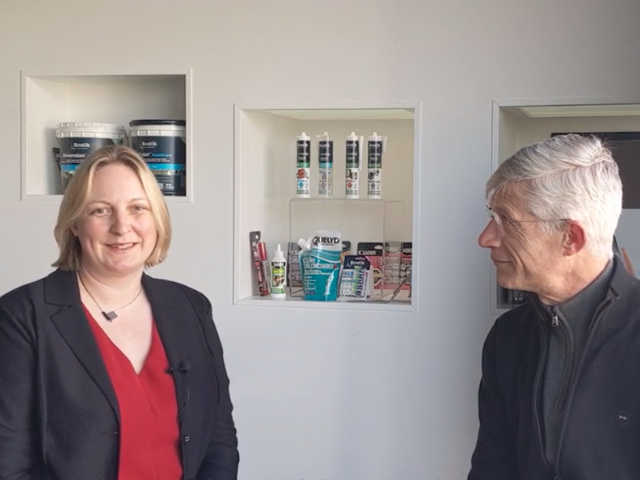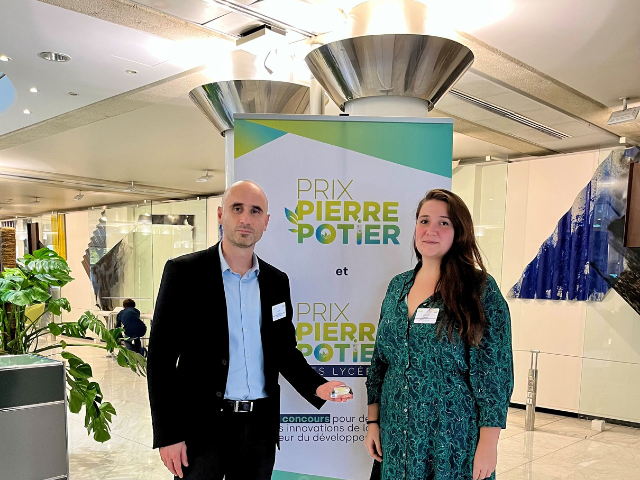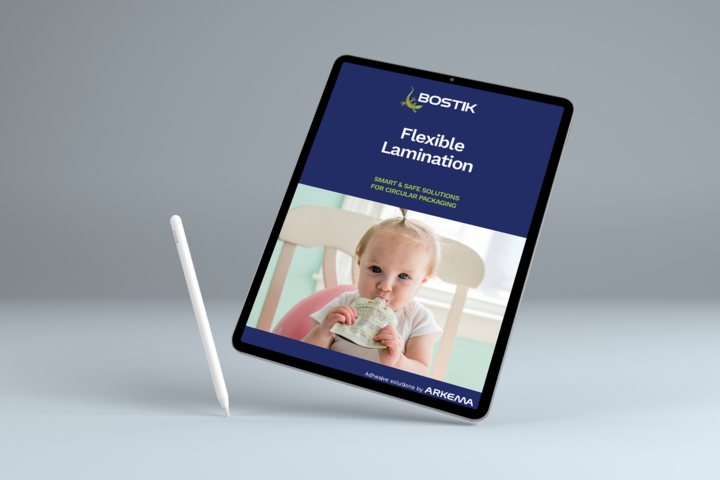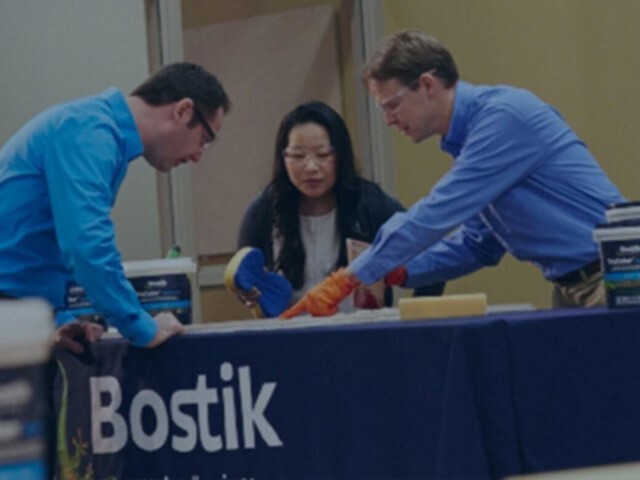Flexible Lamination Adhesives
Bostik’s Flexible Lamination Adhesives are engineered to meet the evolving demands of the packaging industry, offering high-performance bonding solutions for a wide range of applications - from food and medical packaging to industrial uses.
- Versatile Formulations: Bostik offers both solvent-based and solvent-free adhesives, catering to different production needs and environmental standards. Solvent-free options are especially valued for being eco-friendly and cost-effective at high production speeds.
- Application Range: These adhesives are used in film-to-film, film-to-foil, and film-to-paper laminations. They’re ideal for packaging snacks, meat, cheese, coffee, and even retort applications that require high heat and chemical resistance.
- Smart Innovation: Bostik integrates smart adhesive technologies that ensure fast curing, low solvent retention, and strong bond strength, even under demanding conditions like vacuum sealing or sterilization.
- Legacy & Expertise: With roots tracing back to the 1940s, Bostik’s adhesive technology has evolved through decades of innovation, making it one of the most robust portfolios in the industry.
Bostik holds its own impressively in the competitive adhesives market, especially in flexible lamination and hot melt technologies. Here's how it stacks up against other major players:
- Performance & Innovation: Bostik’s Thermogrip and Adcote lines are known for their versatility and strong bonding in packaging, woodworking, and industrial applications
- Specialization: Bostik is particularly strong in solvent-free and water-based adhesives, making it a go-to for companies prioritizing sustainability.
- Global Reach & Support: Bostik operates globally with a strong presence in Europe and North America, offering localized technical support and R&D. Looking for the right flexible lamination adhesive?
Why Choose Bostik Adhesives?
Bostik Adhesives: High-Performance Solutions for Flexible Packaging
- Superior Bond Strength: Ensures reliable adhesion for various packaging materials.
- Low Solvent Retention: Reduces environmental impact and enhances product safety.
- Versatile Product Range: Includes solvent-based, solvent less, and water-based adhesives for diverse applications.
- Optimized for Flexible Packaging: Ideal for food, pharmaceutical, and personal & home care packaging solutions.
What is a flexible laminate?
A flexible laminate is a material made by combining multiple layers of different substances to create a single, flexible sheet. These layers can include plastics, aluminum, and paper, each serving a specific purpose. For example, plastic layers provide flexibility and strength, aluminum layers act as barriers against light and gases, and paper layers add printability and rigidity.
Flexible laminates are widely used in packaging, electrical insulation, and industrial applications. In packaging, they help protect products from moisture, oxygen, and light, extending shelf life. In electrical applications, they are used in motor production, transformers, and generators.
What is flexible adhesive?
A flexible adhesive is a type of glue designed to maintain its bond even when the materials it's joining move, bend, or vibrate. Unlike rigid adhesives that can crack under stress, flexible adhesives are formulated to stretch and absorb movement without breaking the bond.
They're commonly used in:
- Construction and DIY: for bonding tiles, flooring, or panels that may expand or contract.
- Automotive and aerospace: where parts experience vibration or thermal expansion.
- Crafts and textiles: like fabric glues that move with the material.
What adhesive is used for laminating?
Bostik offers a wide range of laminating adhesives tailored for flexible packaging and industrial applications. Their portfolio includes:
- Solvent-based adhesives for high bond strength and fast curing—ideal for food, medical, and industrial packaging.
- Solventless adhesives which are eco-friendlier and efficient for film-to-film or film-to-foil lamination.
- Water-based adhesives and heat seal coatings used for sealing lidding materials in food packaging.
What adhesive is used in flexible packaging?
Bostik offers a comprehensive range of adhesives for flexible packaging, designed to meet the demands of food, medical, and industrial applications. Their solutions include:
- Laminating adhesives: The solvent-based and solventless adhesives designed for film-to-film and film-to-foil bonding. These are ideal for high-performance applications, including retortable packaging.
- Heat seal coatings: Thermoplastic coatings that activate with heat and pressure—commonly used for lidding films in food packaging.
- Cold seal adhesives: Used in horizontal flow packaging for items like candy bars and snacks, offering fast, pressure-sensitive sealing without heat.
- Water-based and hot melt adhesives: Found in fill packaging for resealable, ovenable, or refrigerable pouches.
What should I consider when choosing an adhesive?
Choosing the right adhesive isn't just about sticking two things together. It’s about performance, safety, sustainability, and cost-efficiency. Here are key factors to keep in mind:
- Substrate Compatibility: Not all adhesives bond well with every material. Film-to-film? Foil-to-paper? Each pairing has a preferred adhesive type. Always check for compatibility.
- End-Use Requirements: Will the package face heat, cold, humidity, or chemicals? For instance, retort packaging (used for ready-to-eat meals) needs adhesives that can withstand high temperatures and pressure.
- Processing Conditions: Consider your equipment, line speed, and curing time. Solvent-free adhesives are often better for high-speed lines and lower environmental impact, but they may require precise mixing.
- Regulatory & Safety Needs: Especially for food, pharma, or baby care packaging, adhesives must meet migration and food safety standards like FDA or EU regulations.
- Shelf Life & Durability: Evaluate how long the bond should last, and under what storage or transport conditions.
- Sustainability Goals: If your brand is pushing for greener packaging, adhesives with low VOCs, recyclable bond lines, or bio-based content make a big difference.

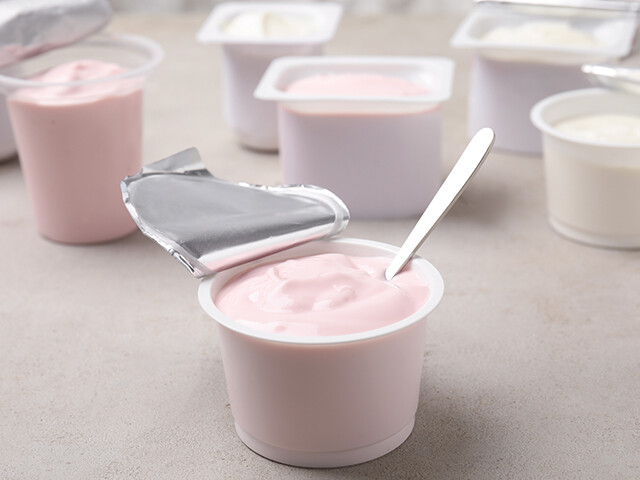
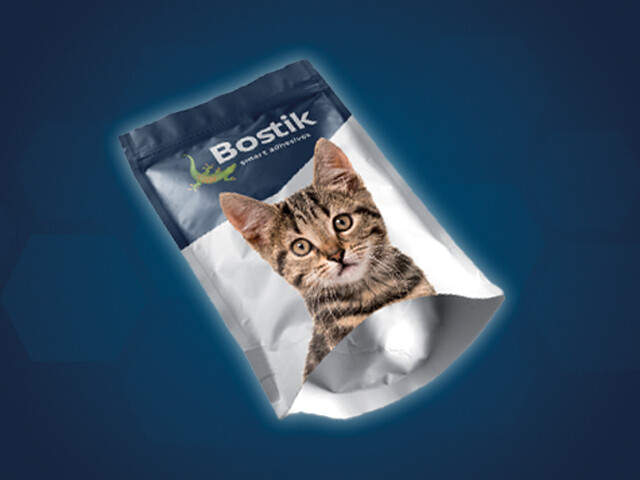
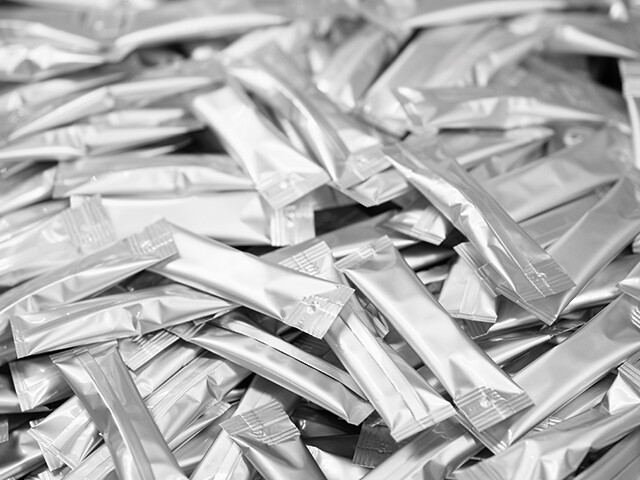
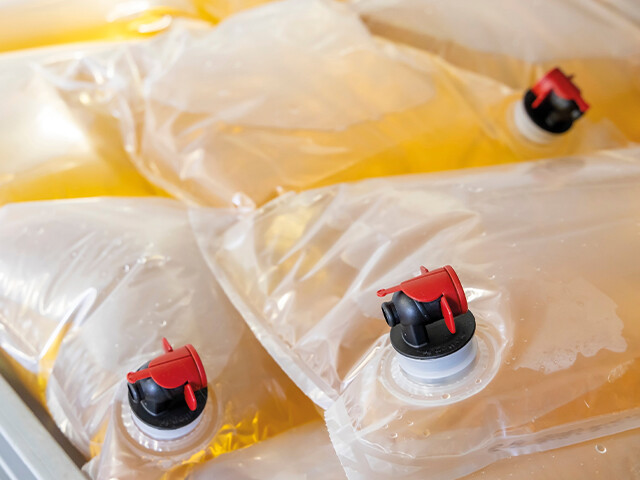
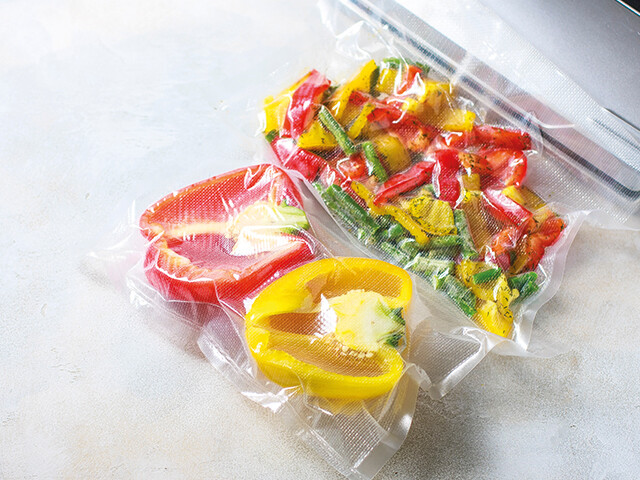

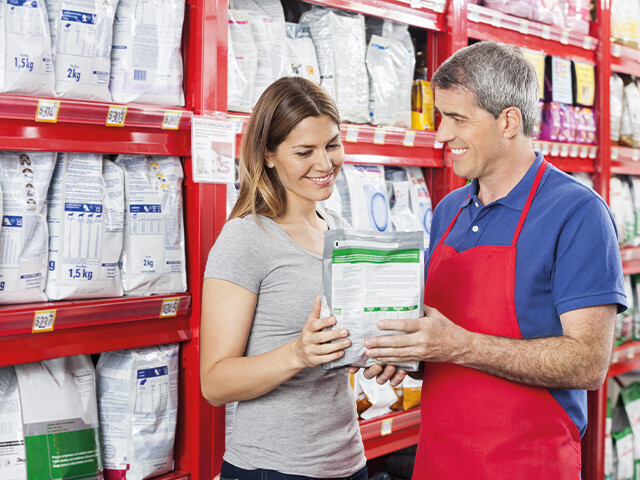
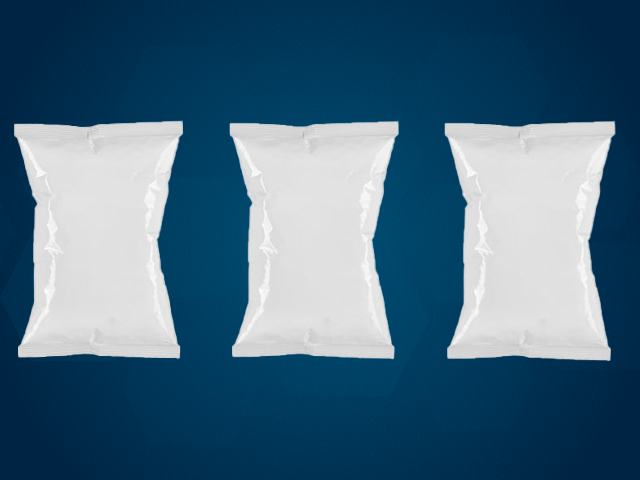
.png)
.png)
